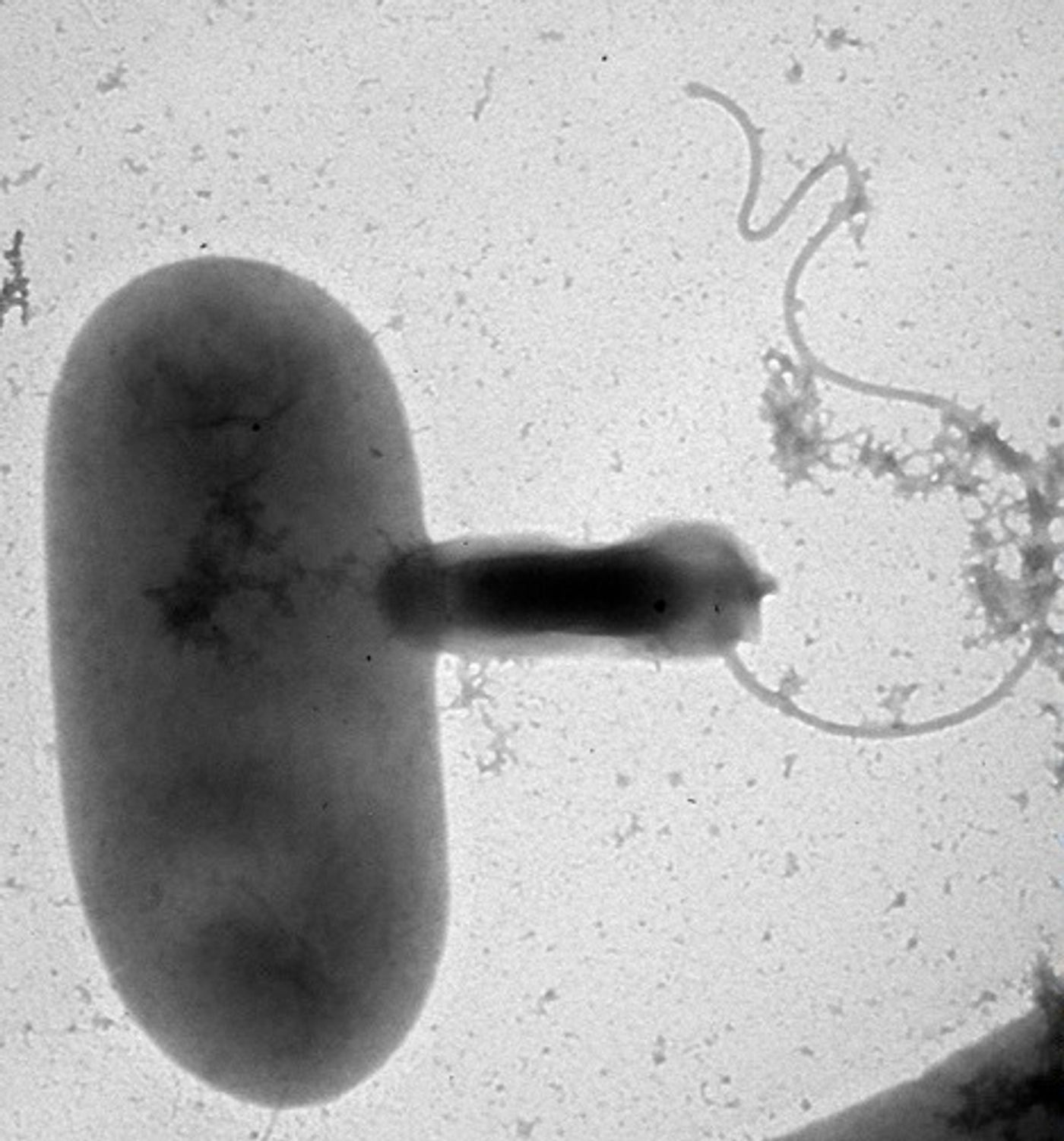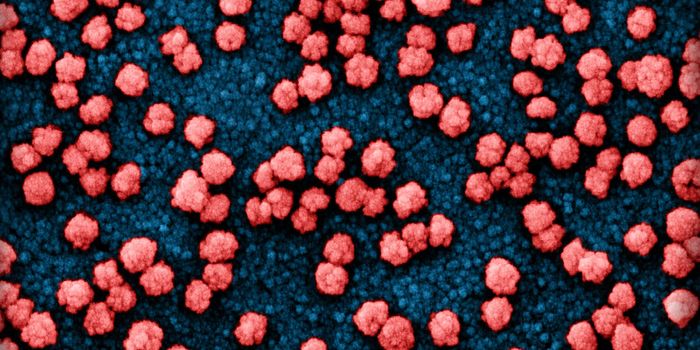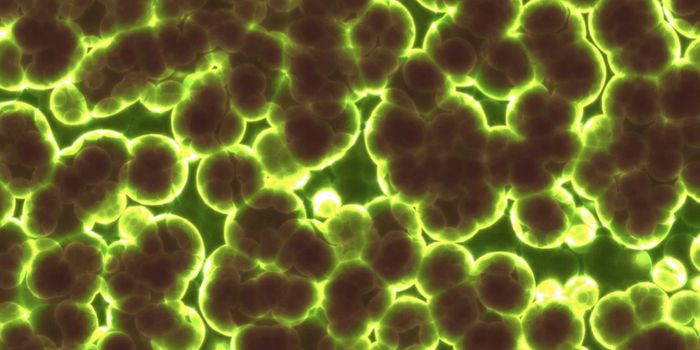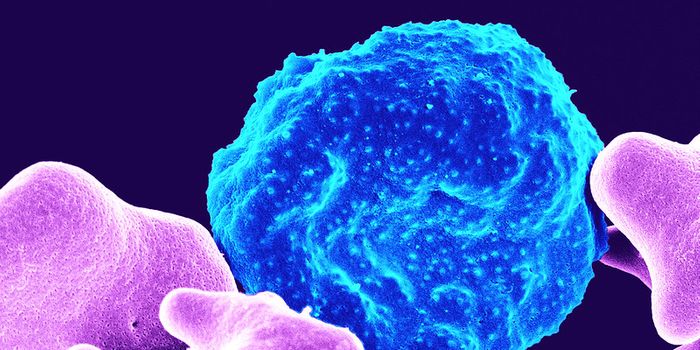Bdellovibrio bacteriovorus is definitely the most terrifying bacterial species I’ve written about. What sets
Bdellovibrio apart from other pathogens is that it is quite literally a predator - like, alien hunting Arnold Schwarzenegger in the jungle,
predator.
Bdellovibrio bacteriovorus is a Gram-negative, motile, “comma-shaped” bacterium that was first described by Stolp and Petzold in 1962. It is a rather ubiquitous organism, making its home in water, soil, and the mammalian GI tract.
A 2004
Science article breaks down the
Bdellovibrio life cycle into eight (frightening) steps:
- Not only is Bdellovibrio motile, it is one of the fastest swimmers in the bacterial world, traveling 100 times its cell length every second. During the initial “attack phase”, Bdellovibrio uses its single flagellum to swim towards its prey (the precise mechanism by which cells locate their prey is not well understood).
- After making contact with its prey cell (other unsuspecting Gram-negative bacteria such as E. coli and Pseudomonas) it becomes permanently attached by the cell pole opposite its flagellum. This attachment is probably facilitated by interactions between predator and prey lipopolysaccharide molecules and outer membrane proteins.
- At this point, things start to get ugly. Bdellovibrio uses hydrolytic enzymes to make a small hole in the prey cell’s outer membrane and peptidoglycan. It then uses that hole to gain access to the prey cell’s periplasm (the space between the outer and inner membranes, outside of the cytoplasm).
- Next, Bdellovibrio jump starts its DNA replication and cell division machinery so that it can divide.
- Now that Bdellovibrio is snugly situated inside its prey’s periplasm, it causes the prey cell to go from rod-shaped to rounded, forming what’s called a “bdelloplast”.
- By this time, Bdellovibrio has worked up an appetite, so the predator cell siphons nutrients and ATP out of the prey’s cytoplasm. The predator cell then grows into a long filament and eventually divides into daughter cells
- After division, the daughter cells develop flagella and use hydrolytic enzymes to degrade the prey cell’s outer membrane.
- Last, but not least, the new predator progeny cells are released from the prey cell to wreak further havoc (yikes).
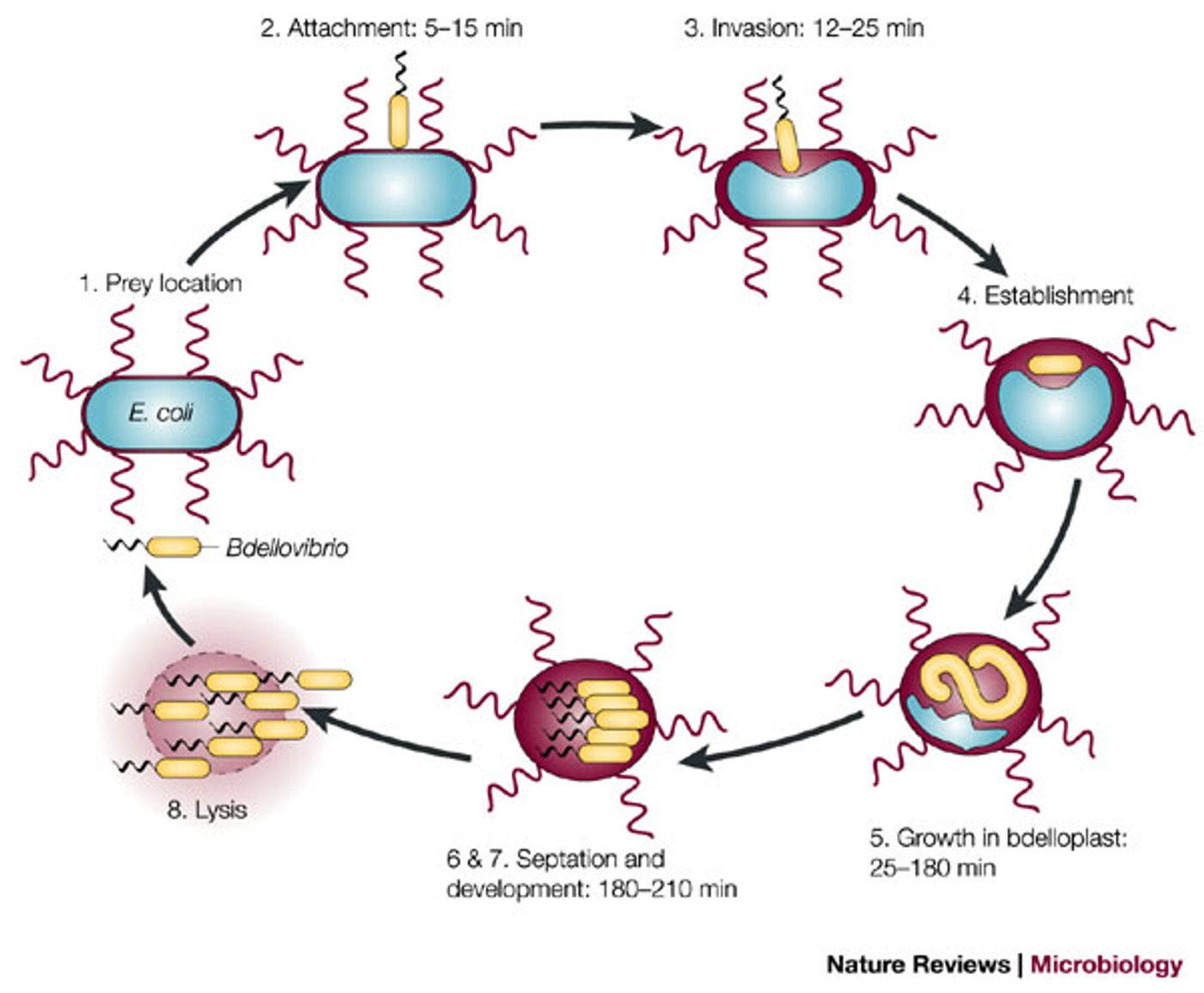
There is a lighter side to
Bdellovibrio. Some researchers think these cells can be used as “living antibiotics” to seek out and destroy infecting pathogens. There has even been a
trial to use
Bdellovibrio to eradicate
Salmonella enteridis from chicks. The “treatment” reduced the number of
Salmonella cells and caused no significant side effects in the birds when compared to a non-predatory mutant. This is good news for the poultry industry, since it could cut down on the use of antibiotics and possibly curb the spread of antibiotic resistance.
Sources:
Science,
MicrobeWiki, Wikipedia,
Applied and Environmental Microbiology
